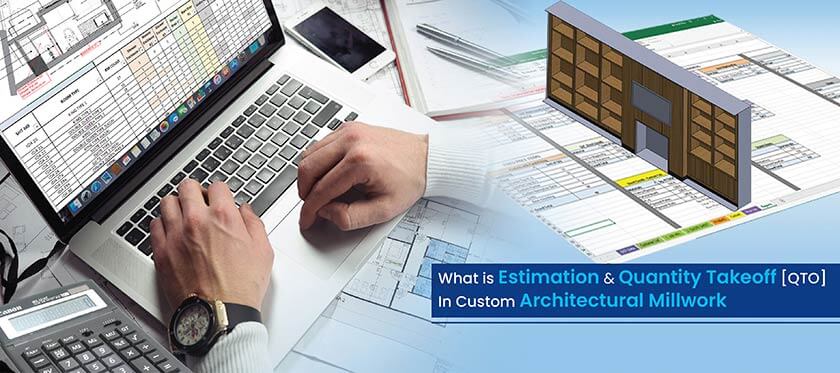
Accurate millwork estimation and quantity takeoff are critical for ensuring the feasibility, cost-effectiveness, and overall success of a project. With the right tools and comprehensive project information, estimators can provide precise estimates, thereby increasing contractors’ bid-win ratio.
In the custom architectural millwork sector, the ability of companies to secure work through competitive bidding depends directly on the precision and accuracy of material estimation and quantity takeoff (QTO) services. Shop drawings and details play a critical role in ensuring this precision.
Estimation and quantity takeoffs are created both internally and by using the services of external estimators, and mastery of these tasks gives a strategic advantage in winning bids.
In this guide, we’ll take you through the critical processes of material estimation and QTO. You’ll learn of the various methods used in joinery projects, the tools and technology employed, and of the future trends that will help you on your journey in mastering these vital skills.
Table of Contents
Quantity takeoff, at its core, is the process of itemizing all materials and components in a millwork project. It provides a comprehensive blueprint of the project’s material requirements.
Material estimation, on the other hand, extends this blueprint for cost and resource management, providing a detailed estimate of the quantities and types of materials required and associated costs.
In the context of architectural millwork, where custom designs and unique materials are often the norm, these processes become even more critical. They ensure that every intricacy of the design is accounted for, from the finest veneer to the most robust structural elements.
A precise takeoff ensures that the joinery manufacturing projects are executed within budget and time constraints, safeguarding against the twin perils of material shortfall and excess.
In an industry where custom work is the standard, even minor miscalculations can lead to costly delays. Sometimes, last-minute adjustments come up, and they compromise both the aesthetic and functional integrity of the final joinery. Accurate millwork takeoffs also facilitate better communication and coordination with suppliers, subcontractors, and clients to build trust and enhance efficiency.
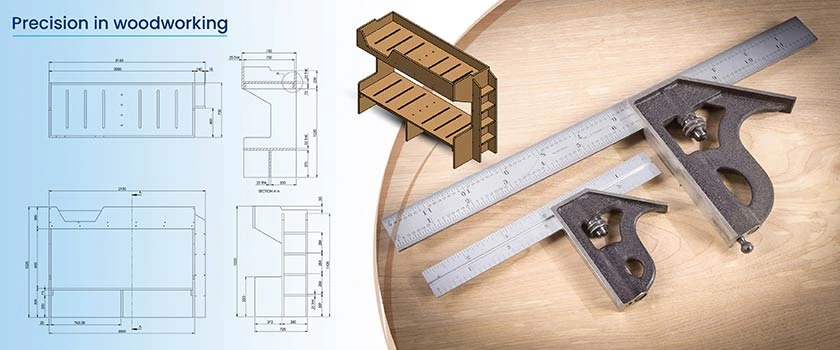
Estimation and QTO processes are fraught with challenges that can affect the accuracy and efficiency of a project. Knowing about these challenges helps millwork professionals navigate and mitigate these issues effectively.
One of the most significant challenges in millwork projects is dealing with incomplete project documents and plans. These inaccuracies can arise from various sources, such as errors in architectural drawings, outdated revisions or miscommunications between designers, architects and the millwork team. Inaccurate plans can lead to miscalculations in material quantities and dimensions, resulting in wasted materials, increased costs and delays in project timelines.
Strategies for Mitigation
An unclear or incomplete project scope can significantly hinder the accuracy of quantity takeoffs and material estimation. In custom millwork, where projects are often tailored to specific client needs, any ambiguity in the project’s scope can lead to underestimation or overestimation of materials. This challenge is compounded by the unique nature of each project, which may require specialized materials or construction techniques.
Strategies for Mitigation
The fluctuating nature of material costs presents a significant challenge in accurate material estimation. Prices for wood, hardware, and other materials can vary due to market trends, availability, and supplier changes. This volatility makes it difficult to maintain a consistent and accurate budget, especially for projects with long timelines.
Strategies for Mitigation
Despite technological advancements, many millwork projects still rely heavily on manual processes for quantity takeoff and material estimation. This reliance increases the risk of human error, which can stem from simple miscalculations, misinterpretation of plans or oversight. These can lead to significant discrepancies in material orders and project budgets.
Strategies for Mitigation
Overcome millwork estimation challenges with powerful digital tools and smart workflows.
Work with us »Quantity takeoff is a critical phase in construction and estimation. Proper preparation sets the stage for accurate estimates.
Effective preparation is the foundation of successful quantity takeoff, paving the way for precise estimates and smoother project execution.
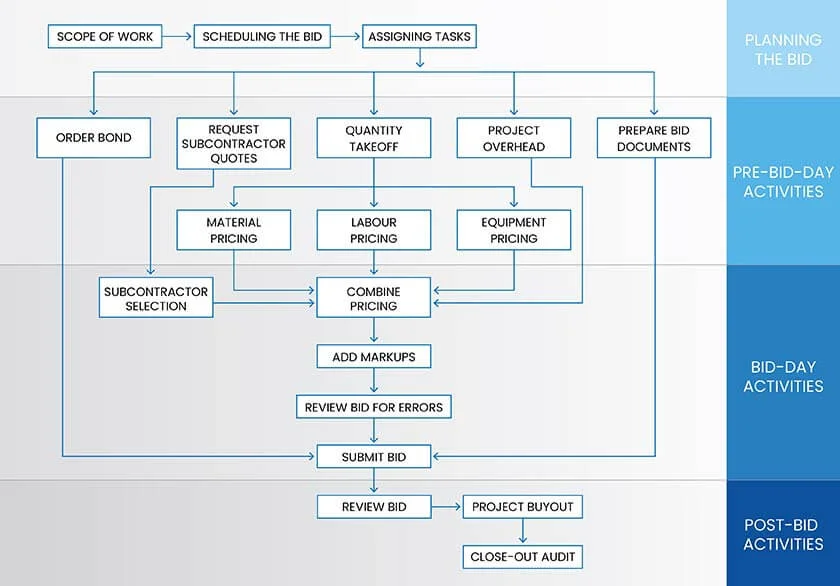
The process of millwork material estimation and QTO is crucial for ensuring project feasibility, cost effectiveness, and overall success. Here is a detailed exploration of the key steps involved in the process:
The first step is to do a thorough review of all project documents, often referred to as bid packages. This includes detailed drawings, specifications and any other relevant information. It will help the estimator understand the broader scope of the project and end result. This will empower the estimator to meet all the requirements and consider every constraint. The review essentially helps in identifying every aspect of the project, from construction details to aesthetic preferences.
Experience precision in your millwork quantity takeoff reports.
Consult the experts »The core of quantity takeoff involves accurately counting the quantities of each material item required for the project. For example, if the material quantity calculation is for a residential construction project, these quantities may include doors, windows, moldings, trims cabinets, vanities, and more. The process of counting quantities typically involves the following steps:
Use an Excel spreadsheet or a more detailed document using specialized estimation software to create a comprehensive list of quantity takeoff files. Enlist all material items along with their corresponding quantities, specifications, type, quality, part number, if available, and other details. This sheet should be well organized, and if possible, group all items by type or location. Doing so would make it easy to read, interpret, and retrieve accurate information whenever needed.
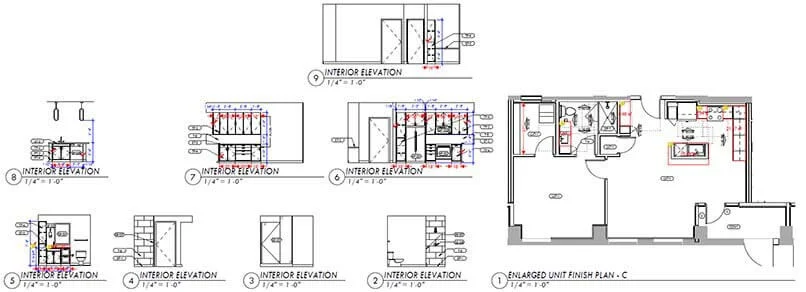
Components of a Quantity Takeoff Sheet
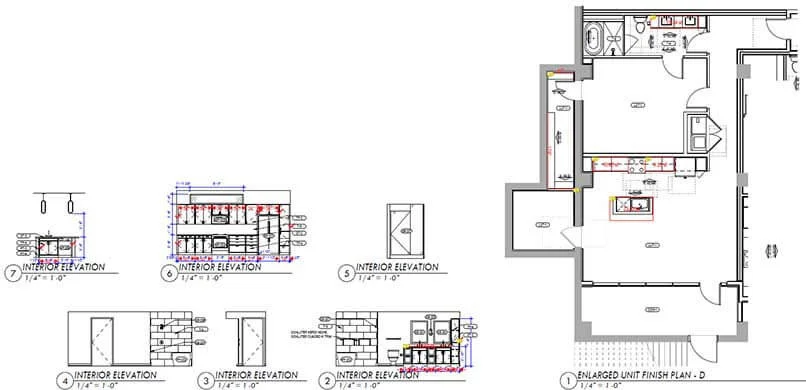
This unit matrix becomes a crucial tool for estimators. They use it to quickly assess the impact of different unit types on the overall project cost. It helps to create detailed and accurate bids, as each aspect of the project is quantified and priced systematically.
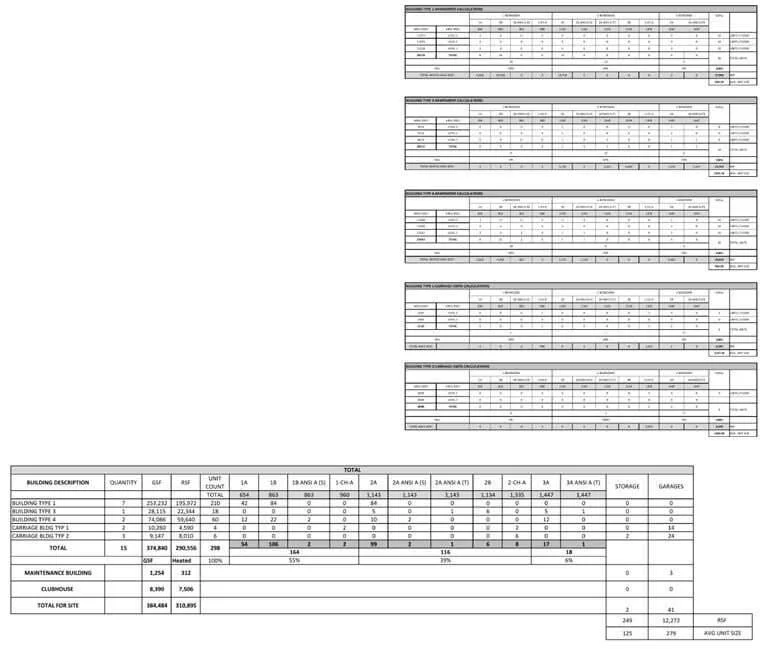
It would ideally comprise the following details
Unit Identification: Unit here refers to an individual element or item, such as a door, window, cabinet or molding. Each of these units has specific material, labor and manufacturing requirements.
Matrix Structure: A matrix is essentially a tabular format that helps in organizing data. In this context, it would involve creating a table where each row represents a different unit (e.g., different types of doors or cabinets), and each column represents various factors affecting the cost (e.g., material type, size, hardware, labor hours).
Cost Calculation Elements: The matrix would include columns for:
Quantity Integration: For each unit type, the matrix is used to calculate the total cost by multiplying the unit cost with the quantity needed. This helps in scaling the cost estimation according to the project size.
Dynamic Adjustments: The matrix can be designed to adjust costs dynamically if there are changes in material prices, labor rates, or design specifications.
Summary and Analysis: The bottom part of the matrix might include a summary of the total costs, allowing for quick analysis and decision-making.
Identifying all materials required for the project is a critical step. This includes not just major items like lumber and veneers, but also hardware, finishes, and other necessary materials.
Here are some key factors you should focus on to select the right and identify material
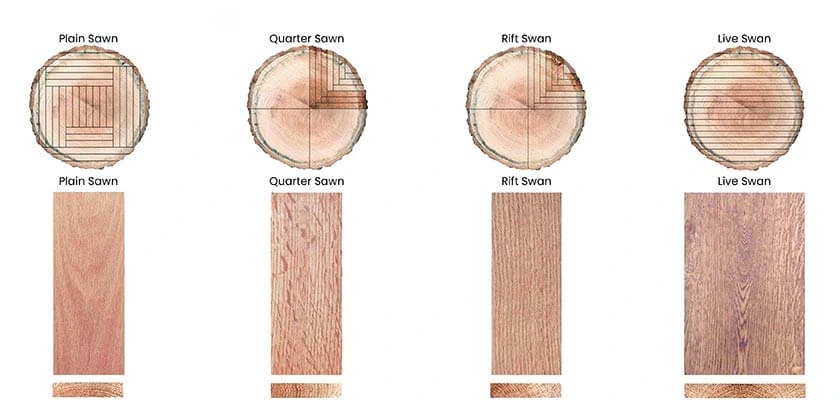
Double-checking all measurements in detailed millwork shop drawings and calculations is vital to creating accurate quotes. It keeps financial losses at bay, and millwork companies can bid more accurate bids with a higher possibility of winning them. Furthermore, it also ensures that millwork shop drawings are clear and checked before the actual manufacturing begins to avoid iterative changes.
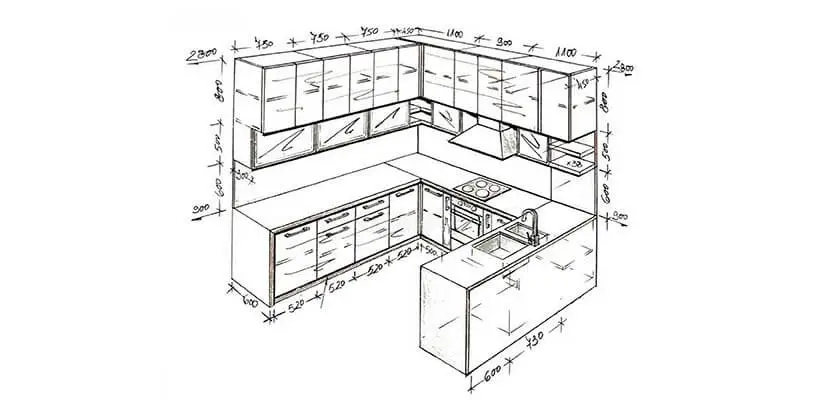
Another reason to verify site measurements in millwork is to ensure that the manufactured joinery fits precisely as intended in the construction space. This process involves several key steps:
Initial Site Survey
Before starting the millwork, conduct a thorough site survey. This involves measuring the actual dimensions of the construction space in which the millwork will be installed. It’s crucial to check these measurements against the blueprints or construction plans to identify any discrepancies.
Use of Accurate Measuring Tools
Cross-Checking Dimensions
Consider Environmental Factors
Collaboration with Construction Teams
Detailed Documentation
Mock-ups or Templates
For complex installations, create full-scale mock-ups or templates. This can help in identifying potential issues before the final millwork is fabricated.
Continuous Updates
Final Verification
Before beginning the final millwork fabrication, conduct a final verification of all measurements. Ensure that any recent changes to the construction site are reflected in these final measurements.
Engage with the project team, including the project manager, designer, and contractor, to clarify any questions or uncertainties about the project scope or requirements. This collaboration can provide valuable insights and prevent potential issues down the line.
Compile all the data into a comprehensive quantity takeoff report. This report should include a summary of all material items, quantities, and any notes or comments relevant to the project. The compiled data report document serves as a record and a guide for the project for future referencing.
Proper documentation and reporting of the quantity takeoff and estimation processes are vital. This includes maintaining records of all calculations, assumptions, correspondences and decisions made during the estimation process.
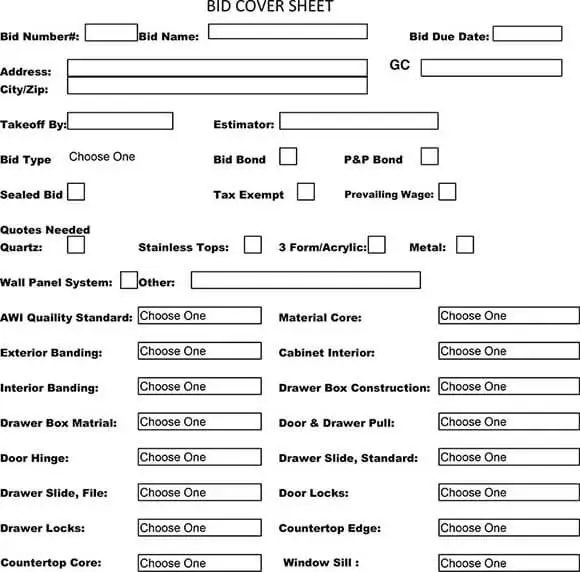
Finally, the estimators prepare and submit bid packages to the contractor that include detailed quantity takeoffs and material estimates. These packages are essential for bidding processes and serve as a formal documentation of the estimator’s work and findings.
This submittal bid package would include the following documents
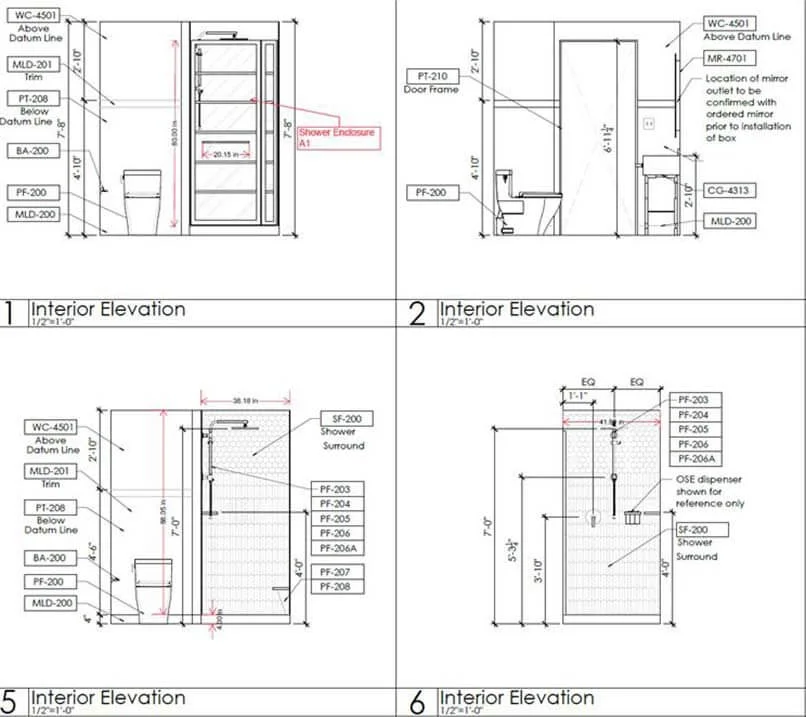
Accurate millwork estimation is influenced by various factors, each playing a crucial role in determining project costs and outcomes.

There are several methods for conducting quantity takeoffs, each with its own set of advantages and challenges. Here are two key methods:
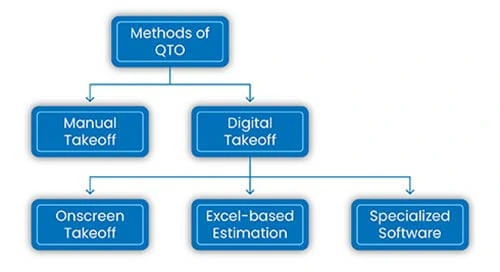
This traditional method involves measuring quantities directly from paper-based architectural drawings and plans using tools like rulers, pencils, and calculators. Estimators manually review and interpret blueprints, then record measurements and calculations on paper or in a basic spreadsheet.
Pros of manual takeoff and estimation:
Cons of manual takeoff and estimation:
On-Screen Takeoff
Description: Digital plans are imported into specialized takeoff software, allowing estimators to measure quantities directly on the screen. It employs a software where the estimator can point and click to measure distances, areas, and volumes on digital blueprints.
Pros of on-screen takeoff
Cons of on-screen takeoff
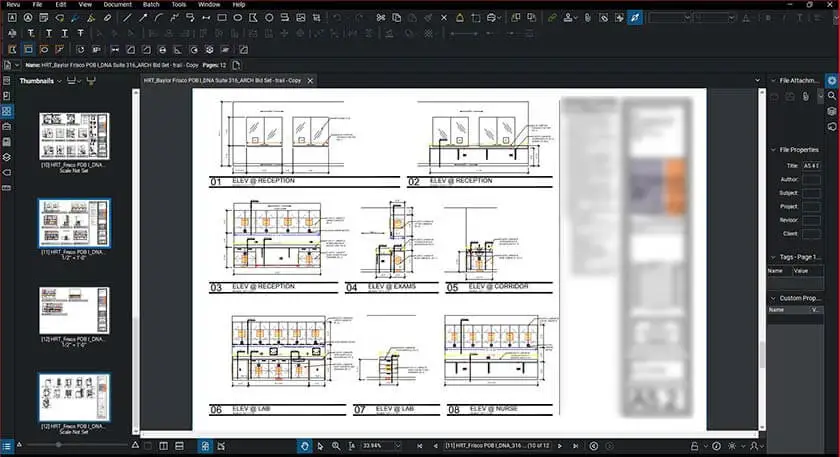
MS Excel Spreadsheet Estimating
Use Excel spreadsheet software like Microsoft Excel to organize, calculate, and manage quantities and costs. The estimators input measurements and formulas into a spreadsheet to calculate quantities and costs.
Pros of using Excel spreadsheets
Cons of using Excel spreadsheets
Estimating Software
Specialized estimating software designed for the construction industry is used for comprehensive takeoff and estimating. These tools often include features for importing plans, automatic measuring of quantities, and integrated cost databases.
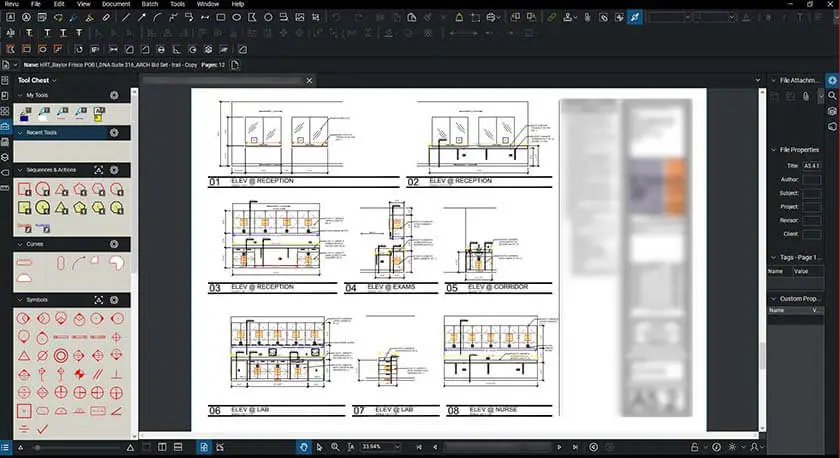
Pros of using estimating software
Cons of using estimating software
Millwork companies should select the method for quantity takeoff after considering various factors such as project size and complexity, availability of digital plans, budget constraints, and the level of detail required. While manual methods are still used, digital methods are preferable because of their efficiency, accuracy, and added project management capabilities and integration.
Unleash precision in millwork estimation with cutting -edge software.
Partner with the experts »
Millwork estimators use a range of different software tools with unique features and capabilities to ensure accuracy and precision. However, an Excel spreadsheet is one of the most traditional tools used for a variety of data processing tasks like organizing and calculating quantities as well as costs. It has versatile formulas and customizable macros that can be used to automate several repetitive tasks.
Apart from Excel, here is a list of some specialized software used in millwork quantity takeoff and estimation based on the company’s needs:
It is a PDF editing tool that also offers advanced markup and takeoff capabilities. It allows users to measure dimensions, calculate areas and volumes and create detailed quantity takeoff sheets. The user can clean all unnecessary details and highlight the items for which the bids are being placed.
PlanSwift is a construction estimating and takeoff software that allows the user to plans, measure dimensions, and create material estimates. It is known for its user-friendly interface and powerful features. The tool supports a range of different file formats as inputs. With its features of quick point-and-click measurements the tools are particularly helpful for minute details in joinery drawing.
Adobe PDF Editor doesn’t have specialized capabilities of dedicated construction estimation, but it has features such as clear viewing of PDF plans and drawings, adding mark-up notes and comments directly onto the PDF plans, and linear measurements.
A strict quality check for QTO and the estimation process can significantly reduce errors, control costs, and maintain project timelines. Here are the key steps to implementing an effective quality control system in material estimation:

Process: Each floor or room should have a unique identification number. Recheck these numbers and the count of items associated with each to ensure no area is overlooked.
Importance: This step prevents discrepancies and ensures that all areas of the project are accounted for in the material estimation.
Process: Actively look for and highlight any conflicts or missing information in the project documents. Raise queries with the design team or client for clarification.
Importance: Resolving ambiguities early in the process prevents costly mistakes and delays during construction.
Process: Carefully review the specifications for materials, hardware, and ironmongery. Ensure they match the project requirements and standards.
Importance: Accurate specifications are critical for functionality, aesthetics, and durability of the millwork.
Process: Include a calculated percentage for waste to account for material that is cut off or rendered unusable.
Importance: This step ensures that enough material is ordered to complete the project, considering potential waste and thus avoiding shortfalls.
Process: Add a contingency allowance to the estimate to cover unforeseen circumstances or price fluctuations.
Importance: A contingency allowance provides a buffer, ensuring the project can proceed smoothly even if unexpected costs arise.
Process: Compare current estimates with historical data from similar projects to check for consistency and accuracy.
Importance: This comparison can highlight anomalies or errors in the current estimate and help in leveraging past learnings.
Process: Have the estimates reviewed by a peer or another experienced estimator.
Importance: Peer review helps identify errors or oversights that the original estimator might have missed, enhancing the accuracy of the estimate.
Process: Document every aspect of the estimation process, including how quantities are calculated and any assumptions made.
Importance: Proper documentation is essential for transparency and future reference, and in case any part of the estimate is questioned.
Process: After project completion, review the accuracy of the estimates, and identify areas for improvement.
Importance: This step is crucial for learning and improving the estimation process for future projects. It involves analyzing what worked well and what didn’t, and applying these insights to future estimates.
Implementing these steps in the material estimation process for millwork construction ensures a high level of accuracy and quality control. This rigorous approach not only helps in maintaining budgets and schedules but also contributes to the overall success and sustainability of the project.
Achieving accurate material estimates is essential for project success. Here are key tips to ensure your material estimation process is effective and efficient:
Successful material estimation requires ongoing vigilance, collaboration with suppliers, and strict quality control. By staying updated, working closely with suppliers, and maintaining rigorous quality standards, estimators can enhance the accuracy and reliability of their estimates, contributing to project success.
A door and frame manufacturer from Canada was facing looking for business growth and expansion. They wanted to increase the volume of bids and ensure high accuracy for each bid. But current legacy methods for cost estimation were erroneous for multi-component doors-window manufacturing projects and needed acceleration.
Therefore, they approached Hitech CADD Services to calculate accurate material estimation and quantity takeoff. The team studied input 2D architectural drawings and door-window schedules to provide detailed estimates in Excel files.
Based on the Excel Spreadsheet was prepared by the client’s in-house team was thoroughly reviewed and quantity takeoff was calculated for door hardware, frames, transoms, etc. They also prepared a unit matrix to stay accurate. Final material takeoffs were estimated and shared with client after thorough quality check.
Results
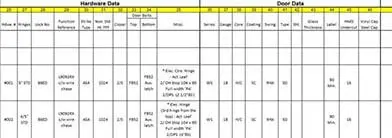
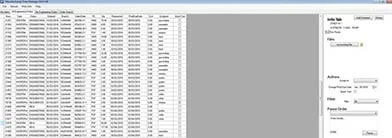
As the construction and manufacturing industries continue to advance, so do the methods and technologies used for millwork quantity takeoff and material estimates. Staying ahead of the curve is crucial for businesses aiming to improve efficiency and accuracy in their estimation processes. Here, we explore the exciting future trends that are shaping the quantity takeoff and material estimate processes:
With increased use of cellphones, the integration of mobile applications into the estimation process is gaining momentum:
On-the-Go Estimation: Mobile applications enable estimators to perform quantity takeoffs and material estimates directly from construction sites. They can input measurements, capture images, and access project data conveniently through their smartphones or tablets.
3D Visualization: Three-dimensional visualization tools are transforming the way estimators approach their work. With the ability to create and interact with 3D models of projects, estimators can gain a clearer understanding of the structures and components involved. This not only enhances accuracy, but also facilitates better communication with project stakeholders.
Automation is a game changer in the field of quantity takeoff and material estimates:
Streamlined Estimation: Specialized tools like high-end sales configurators, are being developed to automate and streamline the estimation process. These tools can generate highly accurate estimates based on project specifications, reducing the need for manual data entry and minimizing the risk of errors.
AI and Machine Learning: Artificial intelligence (AI) and machine learning are being integrated into estimation tools. These technologies have the capability to analyze historical project data, adapt to changing construction trends, and continuously improve the accuracy of estimates over time.
The advent of virtual and augmented reality is bringing a new dimension to quantity takeoff and material estimates:
Virtual Reality (VR): VR technologies allow estimators to immerse themselves in a virtual representation of a construction site. This immersive experience enables them to assess quantities, dimensions, and materials in a highly interactive and intuitive manner.
Augmented Reality (AR): AR complements VR by overlaying digital information onto the physical world. Estimators can use AR to visualize project components and measurements directly on-site, providing real-time data integration and enhancing precision.
The future of millwork quantity takeoff and material estimates is marked by technological advancements that promise increased accuracy, efficiency, and collaboration. Embracing mobile applications, 3D visualization, automation, and immersive technologies like VR and AR will be essential for construction and manufacturing professionals looking to stay competitive and drive innovation in their respective industries.
This guide provides essential insights into precise quantity takeoff and material estimation for millwork projects. Embracing evolving technologies, such as digital tools and technology, is key to enhancing efficiency and accuracy in this field. Following the right steps, having the right procedures in place and domain expertise are crucial to be profitable. Staying informed and adapting to these trends ensures success for custom architectural millworker contractors and estimators.
You may also like
DXF Files in SolidWorks: How to Import and Export Them
Architectural Design Process: Exploring the 8 Phases
Sheet Metal Bending in SolidWorks:The Ultimate Guide [2024]